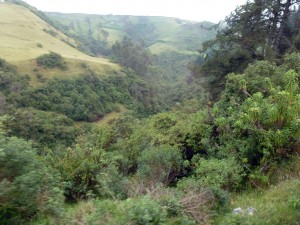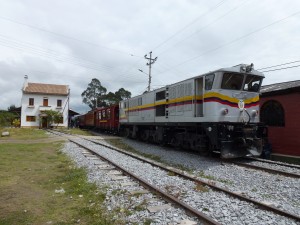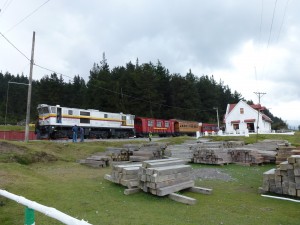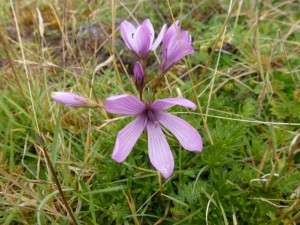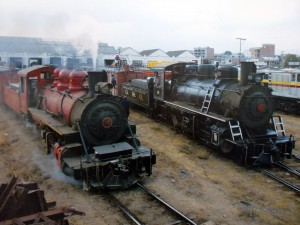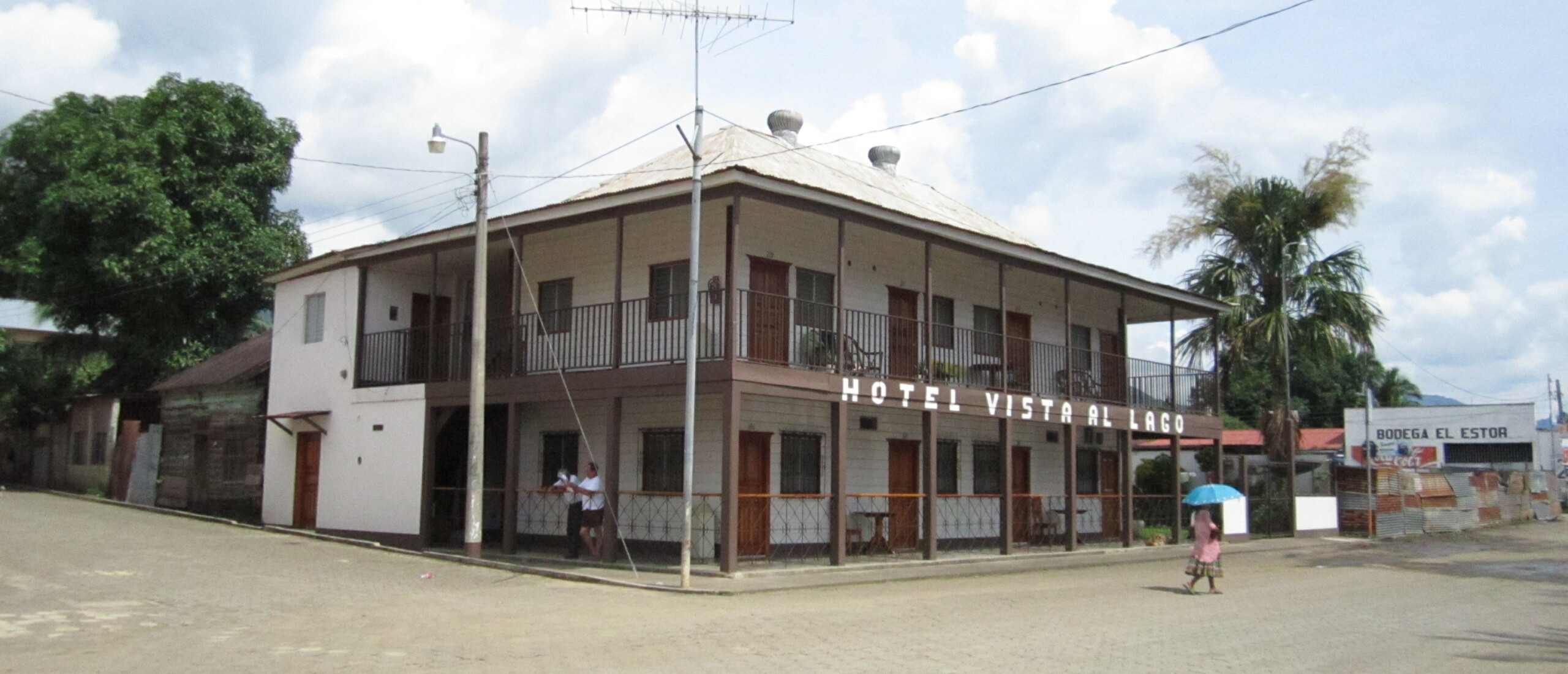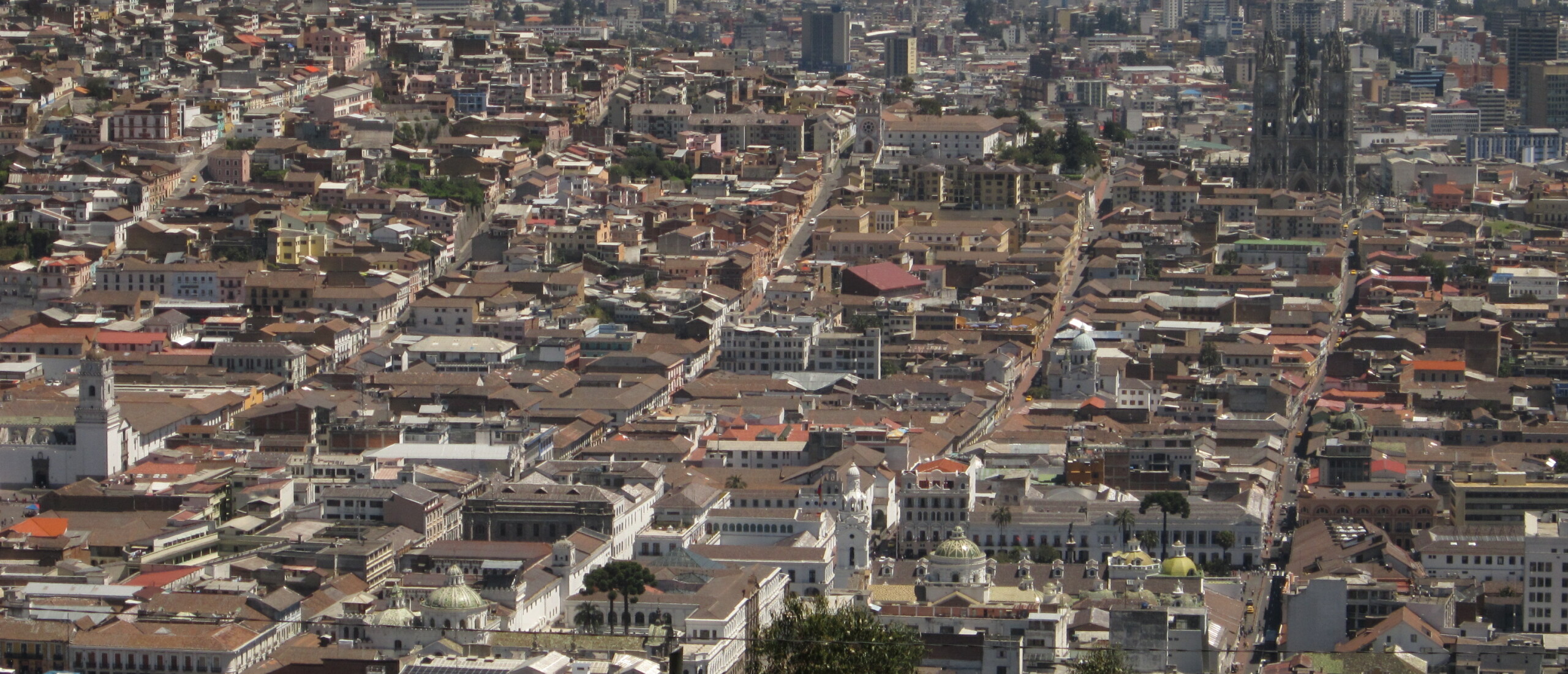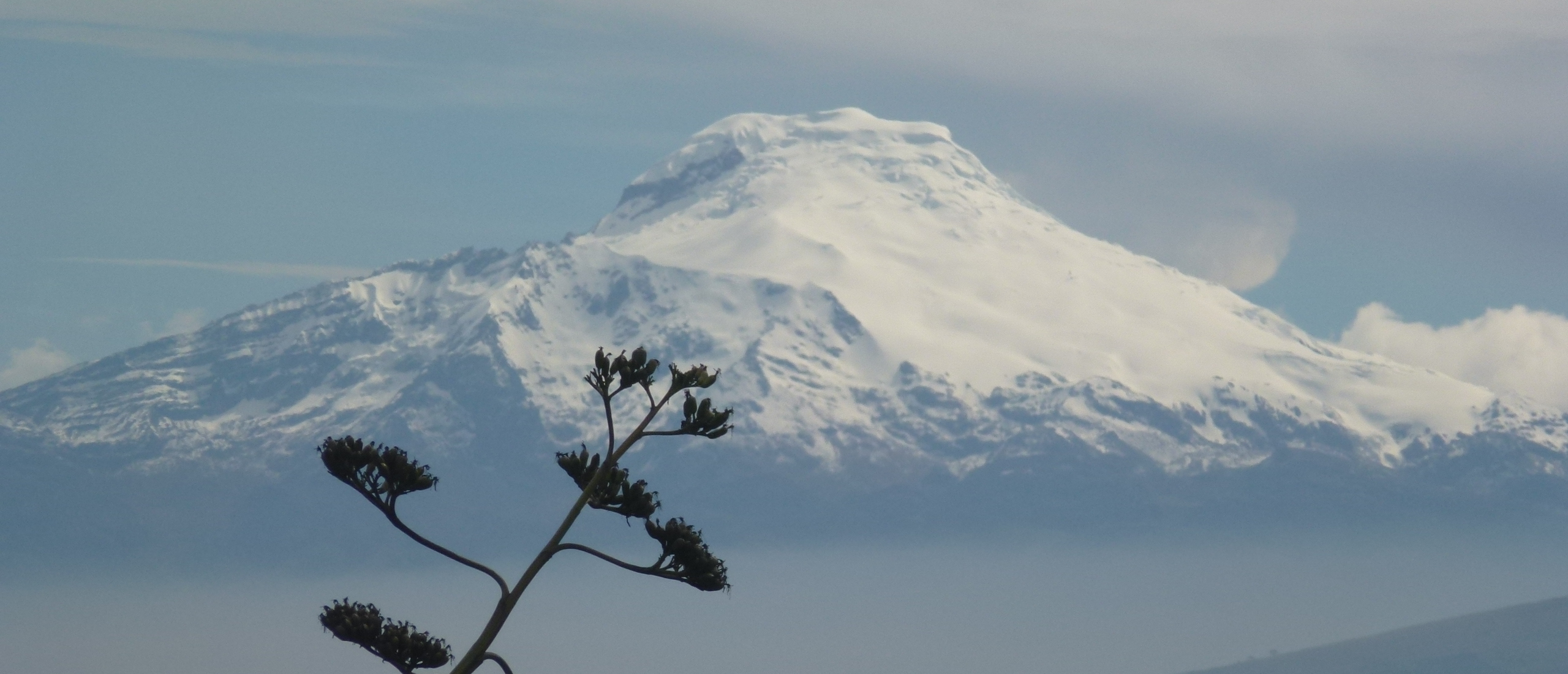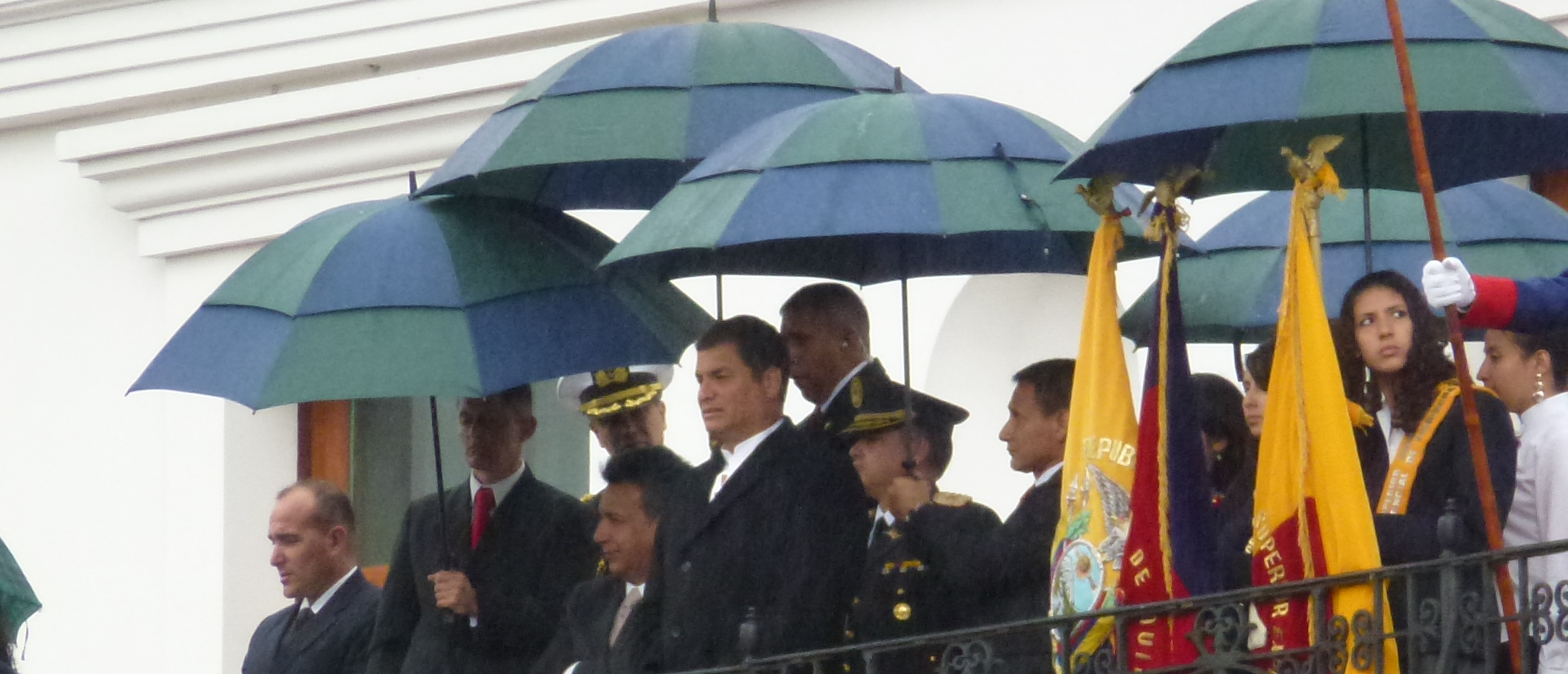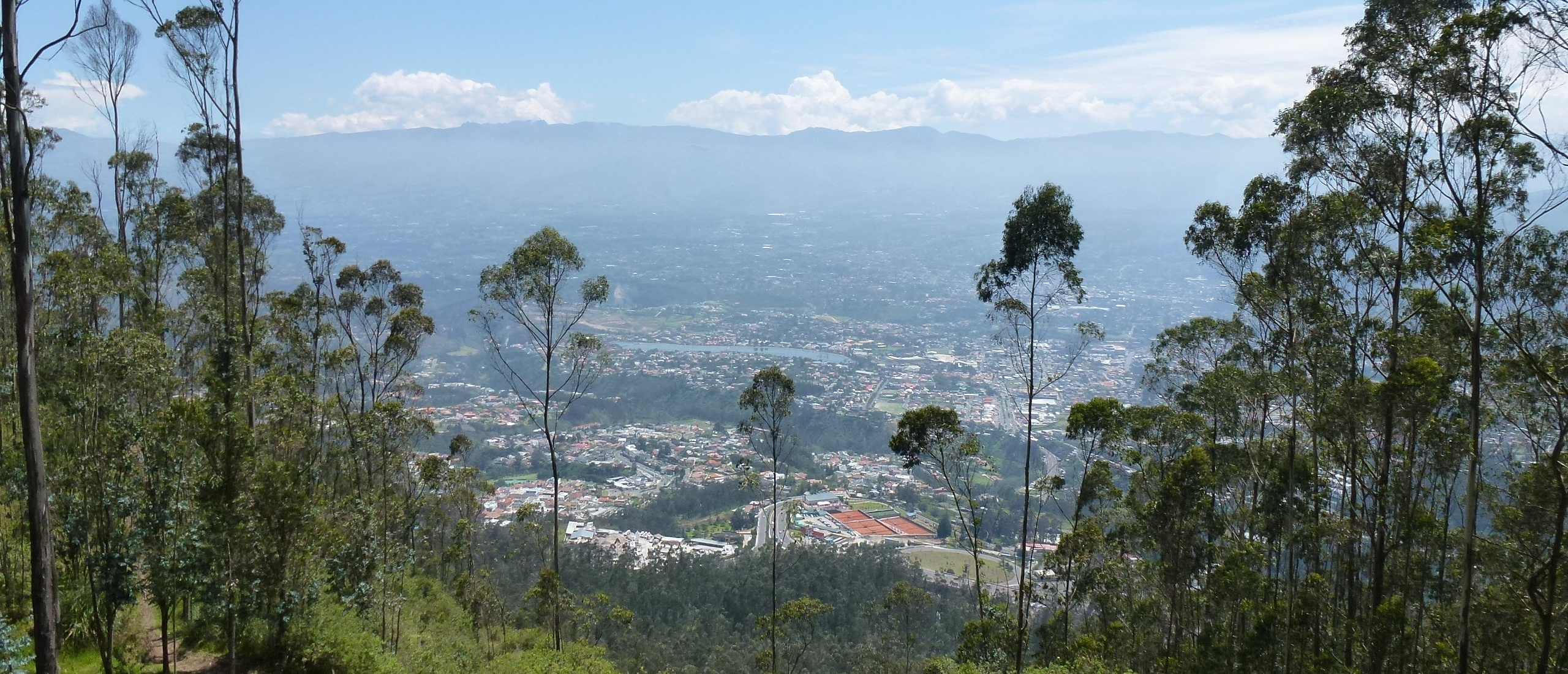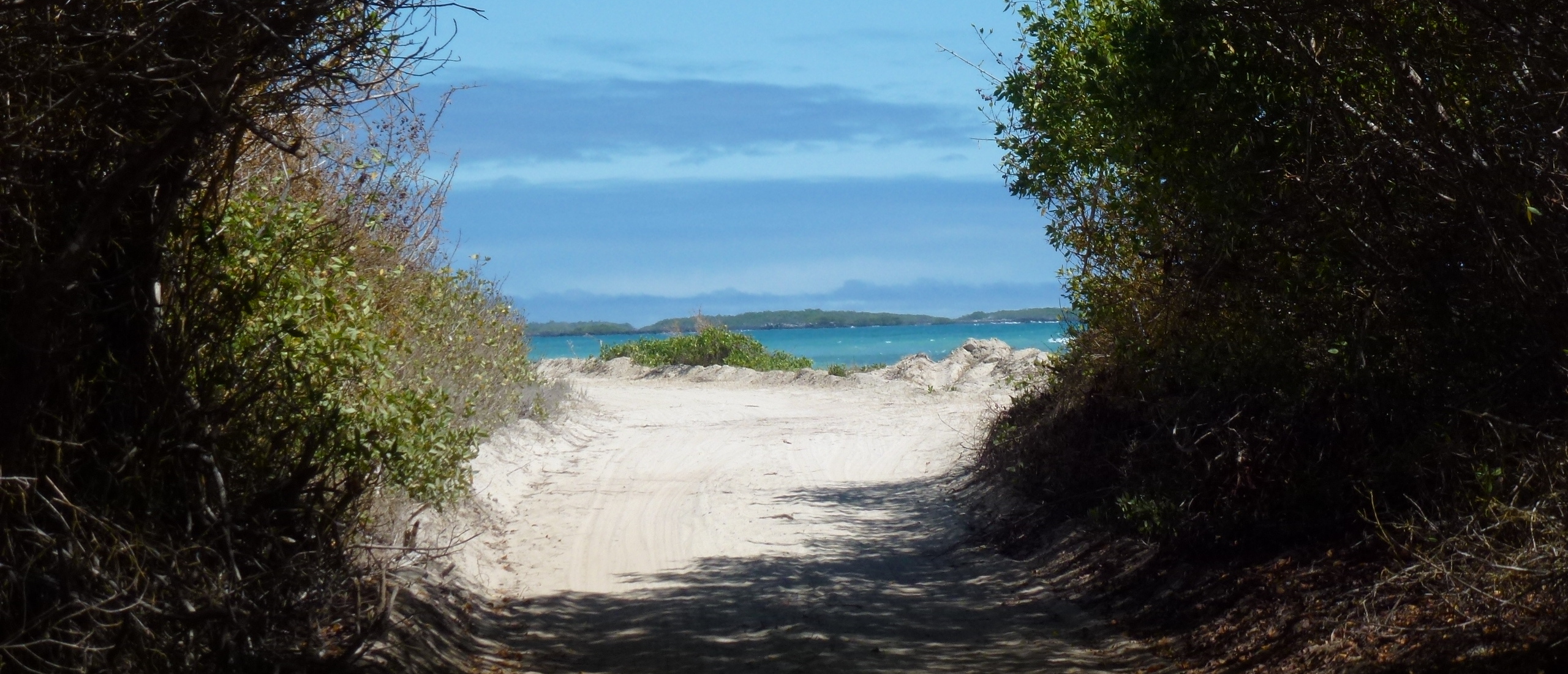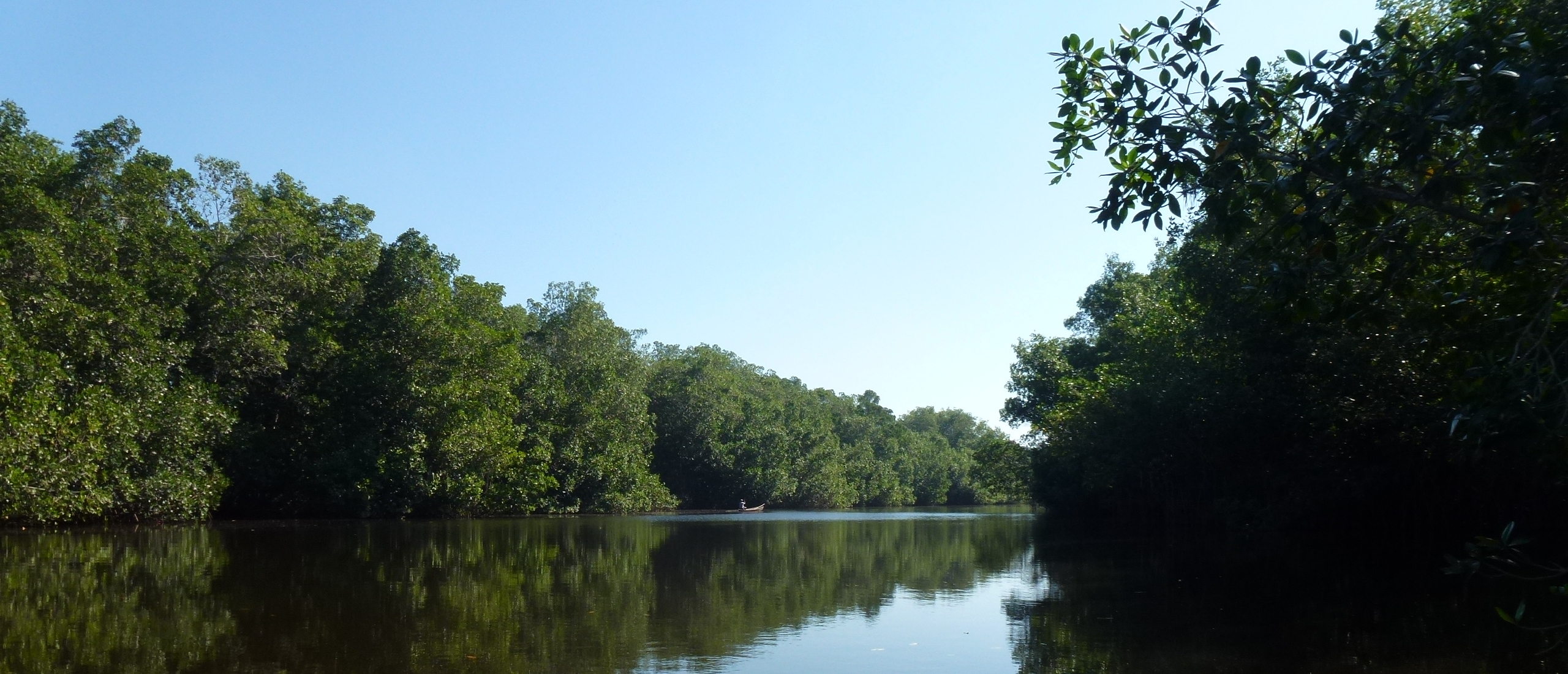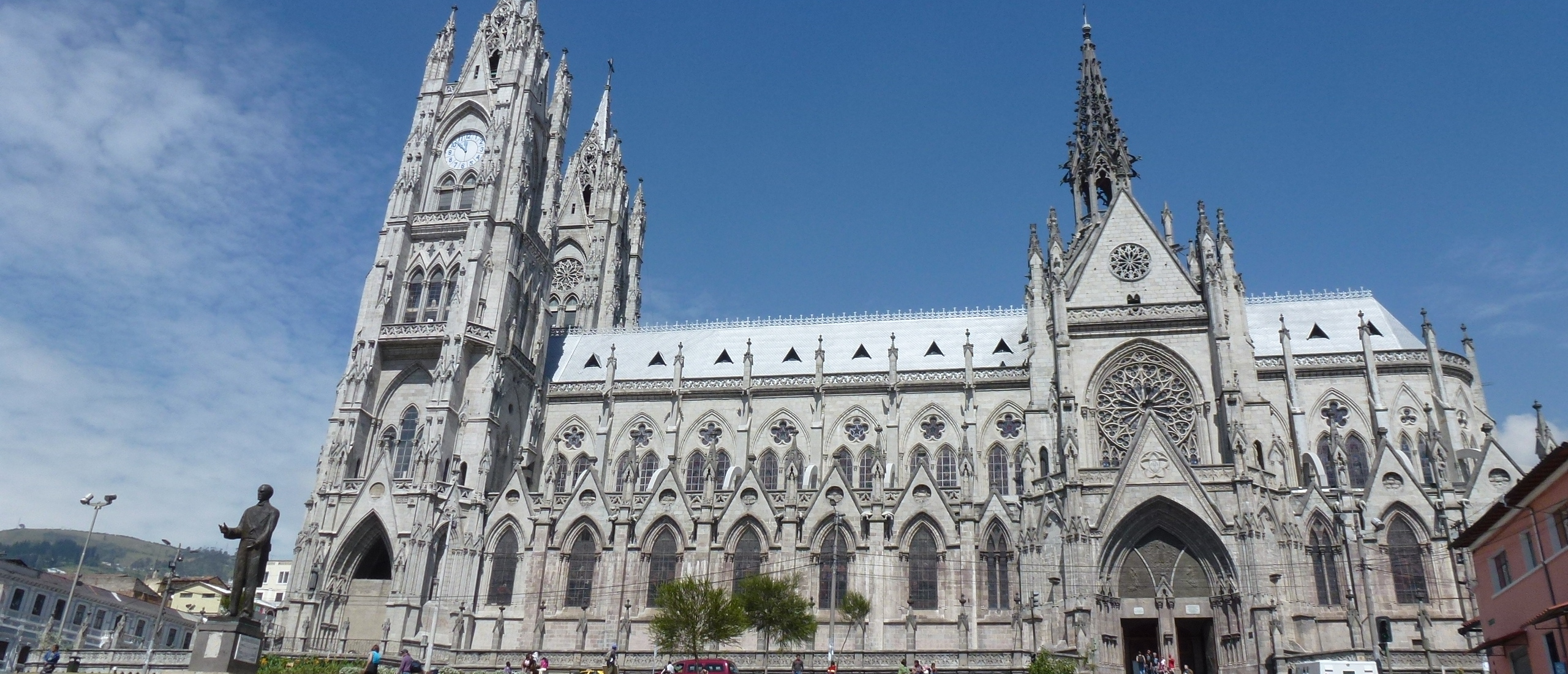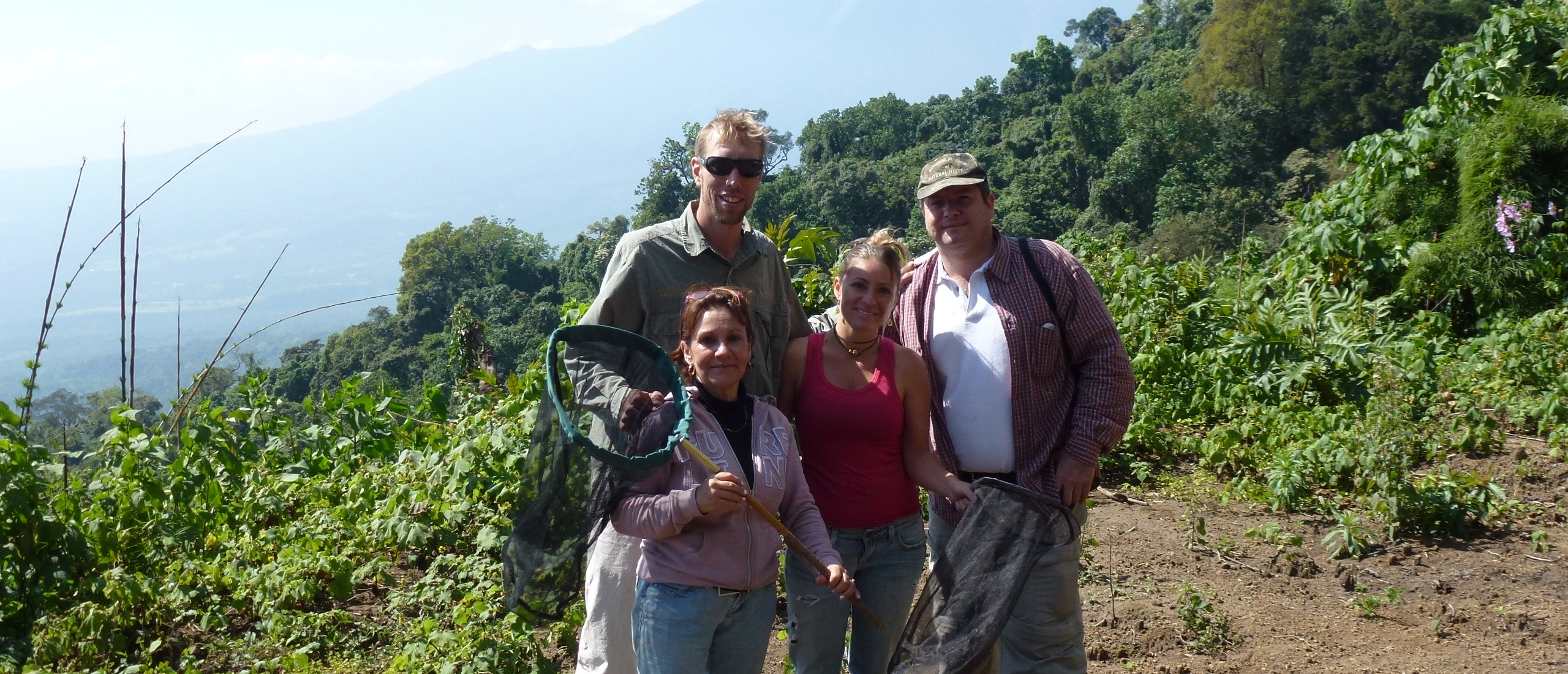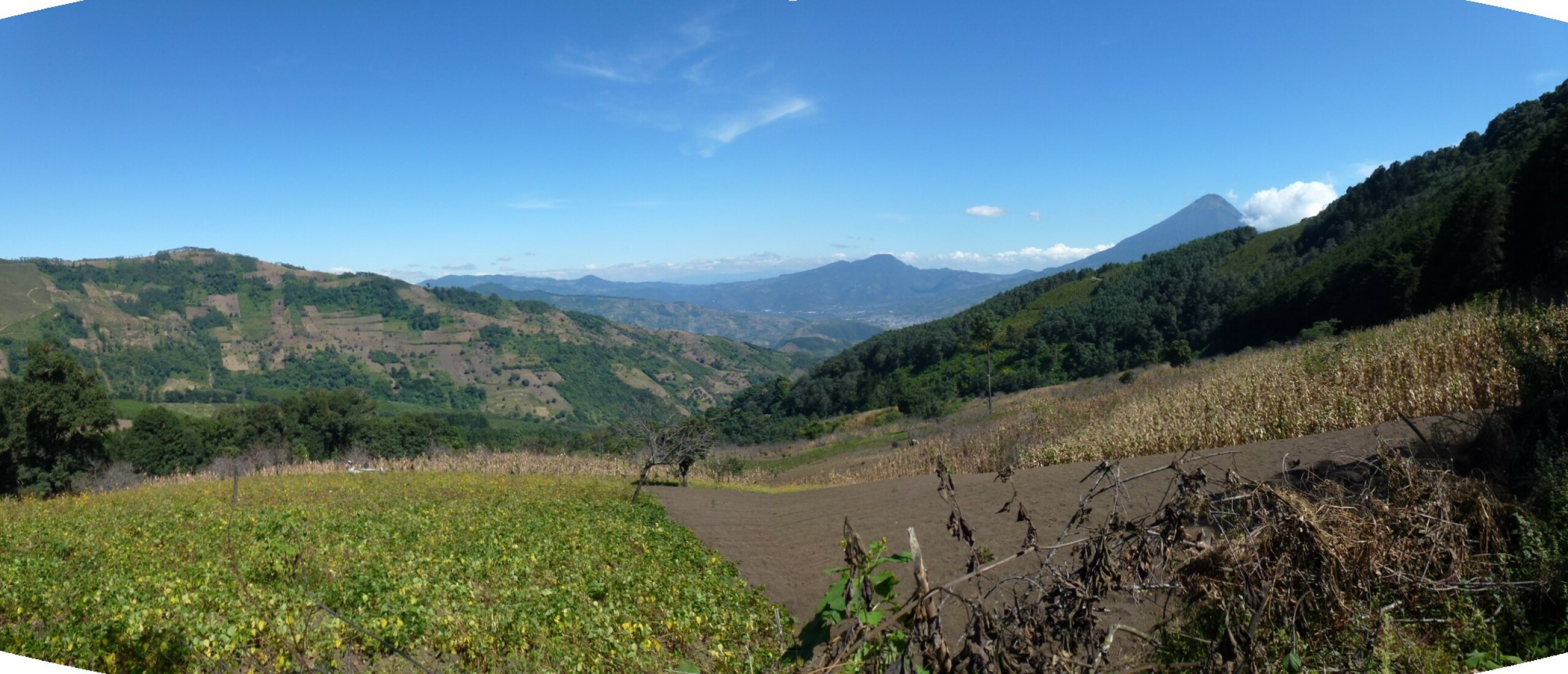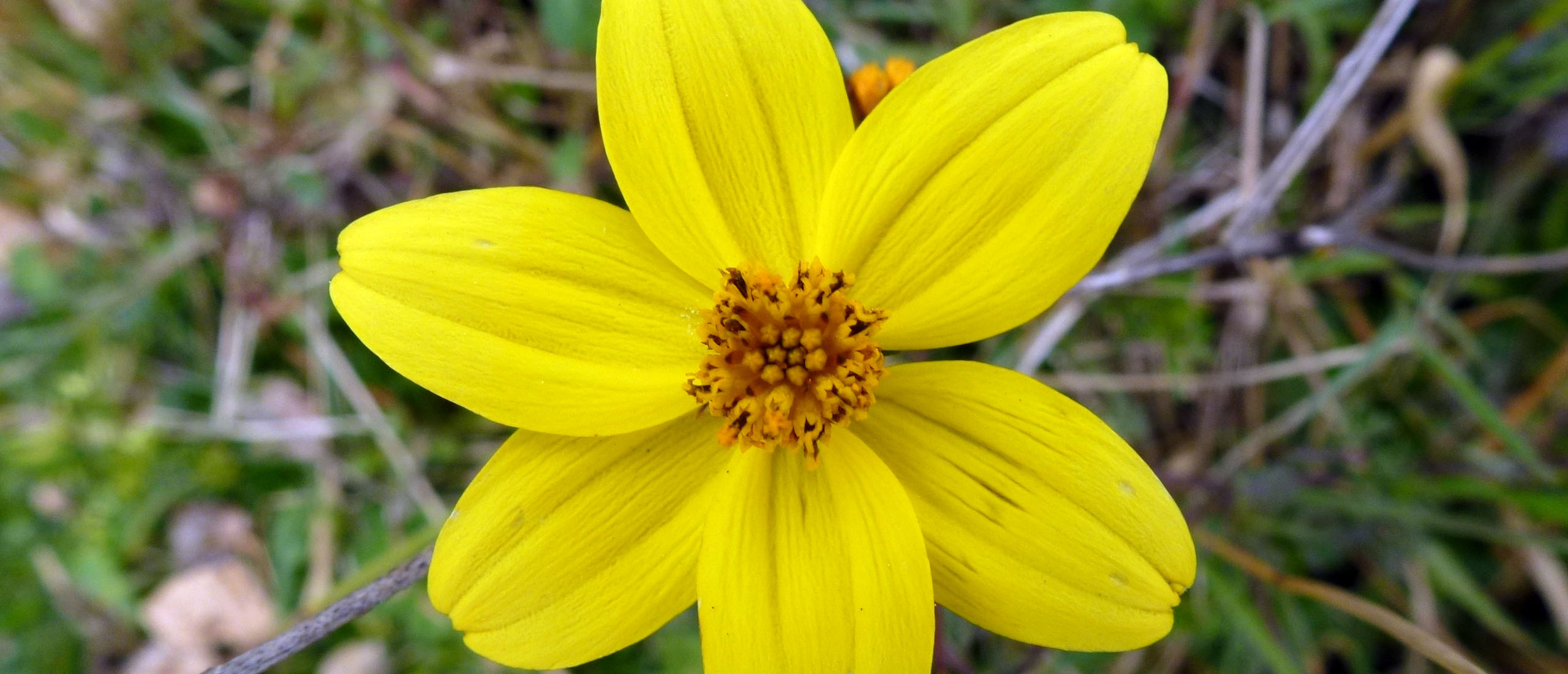
Quito – railway ambition fulfilled after 28 years! To travel on Ecuador’s incredibly engineered railways (sometimes known as “El ferrocarril más difícil del mundo” – the most difficult railway in the world) had been a desire of mine since the year I spent living here in 1983/84, but which was impossible then as virtually the entire network had been washed out by landslides in a particularly severe El Niño year. Of course the ideal experience would have been to travel from Quito down “the Avenue of Volcanoes”, with the almost perfect cone of snowy Cotopaxi on one side and the twin peaks of the the Ilinizas on the other, but I awoke to the sound of rain pattering on the balcony outside my window, and low cloud hung in the air, reducing visibility to a few hundred yards – no volcanoes to be seen. Nonetheless, I had managed, after all these years, to obtain a ticket on the Quito – El Boliche – Quito roundtrip, and I was not going to miss it, so I left the house at 06.00 AM, took a taxi to the electric Trole, and was whisked to the station of Chimbacalle, where I arrived far too early…but I am one of those annoying types who always like to leave too much time to spare for appointments! Luckily, there was plenty to watch, especially the preparations for the departure of the 08.00 AM “autoferro” (literally a bus on train wheels) bound for Latacunga, and then the manoeuvring of our train (this one was indeed a train, consisting of the diesel-electric locomotive and four restored carriages) into position for departure.
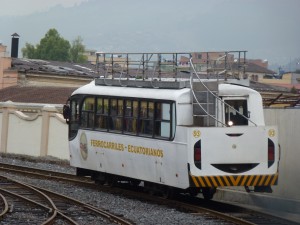 Autoferro departing Quito bound for Latacunga
Autoferro departing Quito bound for Latacunga
Finally, exactly on time at 08.15, a extremely ear-piercing bell informed us that we were about to depart, the gates of the station swung open, and we jerked our way out of Quito’s Chimbacalle station, heading South. The track runs actually through the streets, and where it meets cross streets, there are no level crossing gates, so we were accompanied by a team of yellow-jacketed motorcyclists who sped along beside the train to take charge of stopping the traffic to allow the train to pass. The first 40 minutes or so were spent creeping through the vastly extended southern half of Quito, an area that I hardly know, and one which contains most of the city’s industry, an oil storage facility, factories including a car assembly plant, and a large plywood manufacturer, complete with a huge store of what I assumed to be tropical hardwood logs – how I hate to see that. But in addition to the factories, here the speed of the population growth was really evident: in the North, despite the rapid expansion of the urban area, services such as roads, water supply and electricity seem to have kept pace with the newly constructed housing. Here, however, there were new residential areas springing up with just grass and mud between them, where the streets would come later. Finally, however, the breeze block and concrete jungle faded out and gave way to the brilliant green grass (although it could have been even more brilliant had the weather been brighter!) that is so much a feature of the high valley between the western and eastern cordilleras of the Andes here in Ecuador, interspersed with eucalyptus plantations. The train creaked and bumped its way along, perhaps at one point reaching a maximum speed of 30 kph. All the passengers were seated in one coach, and our excellent railway company guide, Luisa, explained the story of the railways, their start in the 1860’s, the final completion of the Guayaquil to Quito link in 1908, which involved the construction of the almost unique, switchback section known as the Nariz del Diablo, or Devil’s Nose, and then of the more recent neglect that the system has suffered, with the virtual death of the northern section, from Quito to Ibarra, and then down to the Pacific coast at San Lorenzo – autoferros now only run on a short section from Ibarra towards the coast, but no longer reach it, and the section from Quito to Ibarra appears to have been abandoned altogether. But we were informed that the southern section, from Quito to Guayaquil, with an extension to Cuenca, is due to reopen by the end of 2012. I do hope so, and if this is achieved, I shall certainly be back!
Our first stop was at the small station of Tambillo, where we just had time for a coffee and a quick look around, and then we lurched onwards (the track really needs to be completely reconstructed, but speed is not the priority here), before reaching the beautifully restored station of Machachi, next to which is the delightful Hosteria de la Estación, where I had stayed a night during a return visit to Ecuador in 1992 (if my memory serves me well), and outside which the then brand new, very same locomotive that was pulling our train today, was parked, unable to move at all due to more landslides or other troubles.
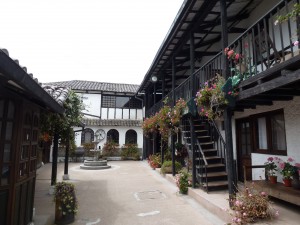 Hosteria de la Estacion, at Machachi
Hosteria de la Estacion, at Machachi
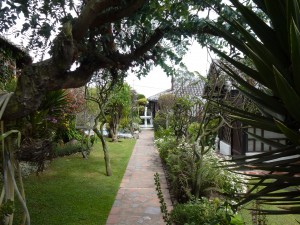 Garden of the Hosteria de la Estacion, at Machachi
Garden of the Hosteria de la Estacion, at Machachi
Half an hour later we were on the move again, this time climbing even higher, and we reached our final destination, the tourist “park” and recreational area of El Boliche, from where we should have been able to admire the towering, glacier-covered cone of Cotopaxi, but where today there was low cloud and light rain.
Nothing daunted, I decided to make good use of the two-hour stop we had here, and, wrapping myself up against the cold and the rain, I started walking into the park area, which contains a mix of pine plantations and native scrub forest, with campsites, cabins and picnic areas. Apart from a group of schoolchildren, all of whom politely called “Buenos dias” to me, and a few construction workers, I had the entire place to myself. I was of course hoping to see some birds, but apart from the ubiquitous Great Thrush (similar to an overgrown, slightly duller European Blackbird, but with bright orange legs), and an unidentified Tyrannulet and an equally unidentified bright yellow and olive warbler high in a tree, there was nothing showing, perhaps due to the rain, which really began to set in, so much so that I turned back, and had a quick snack in the station instead.
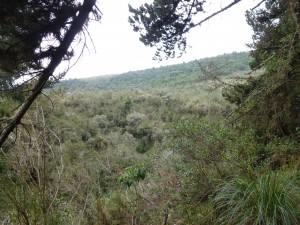 Semi-natural forest at Boliche
Semi-natural forest at Boliche
Later, the weather improved slightly, and I was able to walk out into the grassland, interspersed with low bushes, in front of the station, again in the hope of seeing some birds, but here there was nothing at all. However, I enjoyed the wild flowers, at this high altitude remarkably similar to the temperate or even Alpine zones of Europe, with two species of Gentian, a Vaccinium, some Asters, as well as our familiar Dandelion and White Clover.
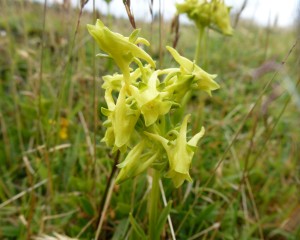 Halenia weddelliana, El Boliche
Halenia weddelliana, El Boliche
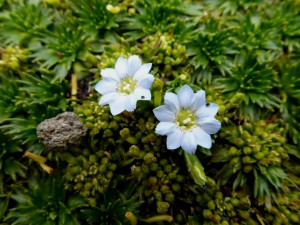 Gentiana sedifolia, El Boliche
Gentiana sedifolia, El Boliche
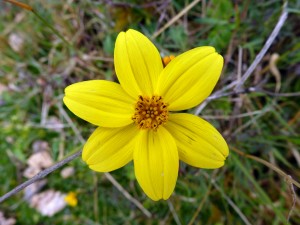 Viguiera quitensis, El Boliche
Viguiera quitensis, El Boliche
Finally the train blew its horn, and we were on our way back towards Quito, this time joined by a party of perhaps twenty rather noisy Germans – our guide Luisa did not dare to speak in front of them, and retreated to a seat at the back of the carriage! At 16.30, after a very sudden braking just outside the station when I think a pedestrian strayed in front of the train, we came to a standstill at Chimbacalle station again, and my ambition had been fulfilled. I wish the Ecuadorian railways much success in their efforts to complete the restoration of the lines to Guayaquil and Cuenca, and of course I hope they set to work on the northern section too, and I shall certainly travel the whole line, if and when it is finally completed. My final thought, having seen the entirely defunct Guatemalan railway system recently, is :”Come on Guate, take a leaf out of Ecuador’s book, how about getting down to work fixing your system too!”. No chance, I fear!


